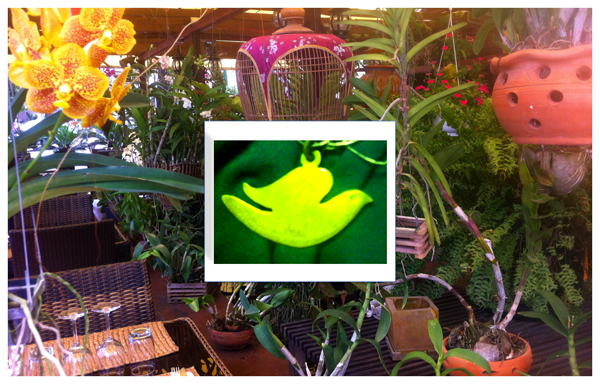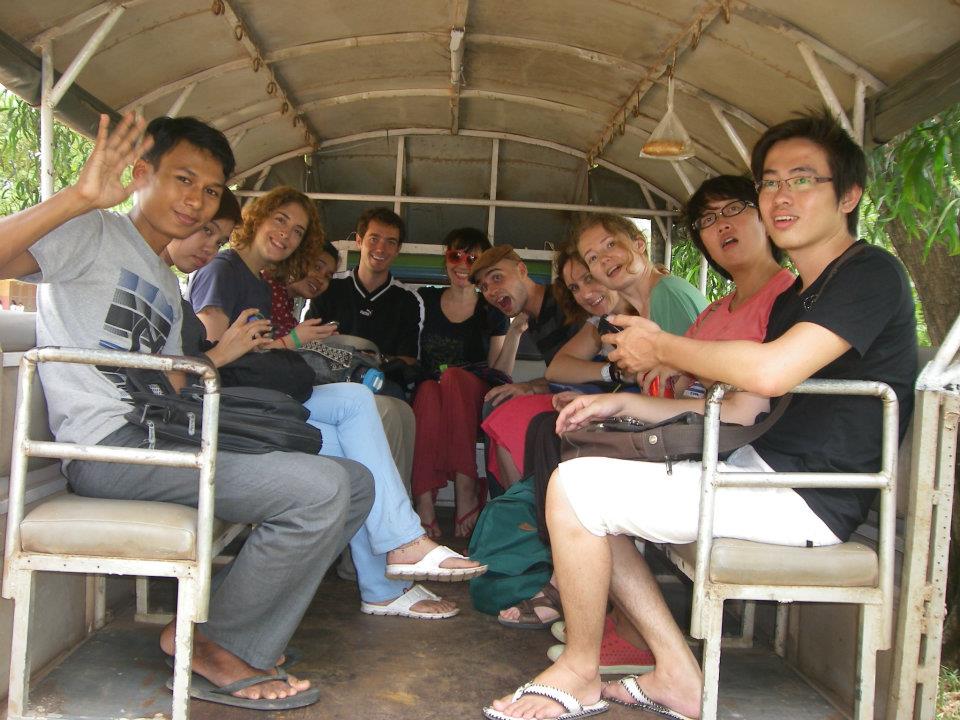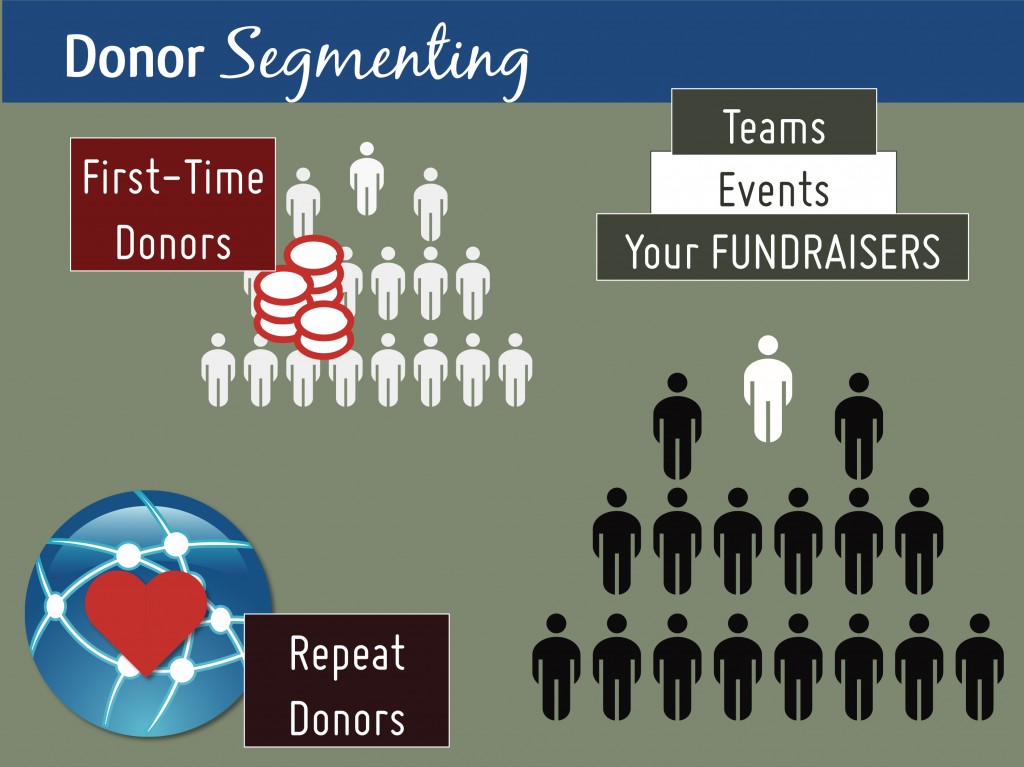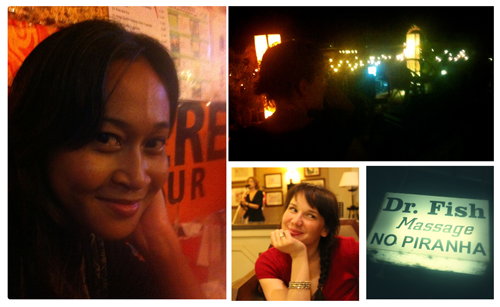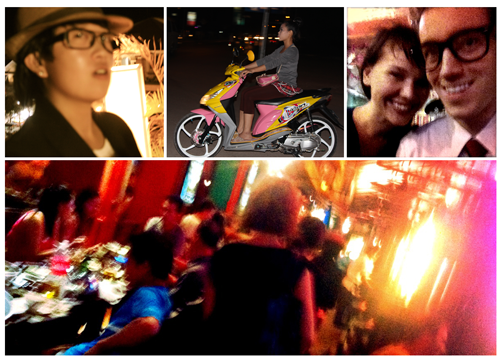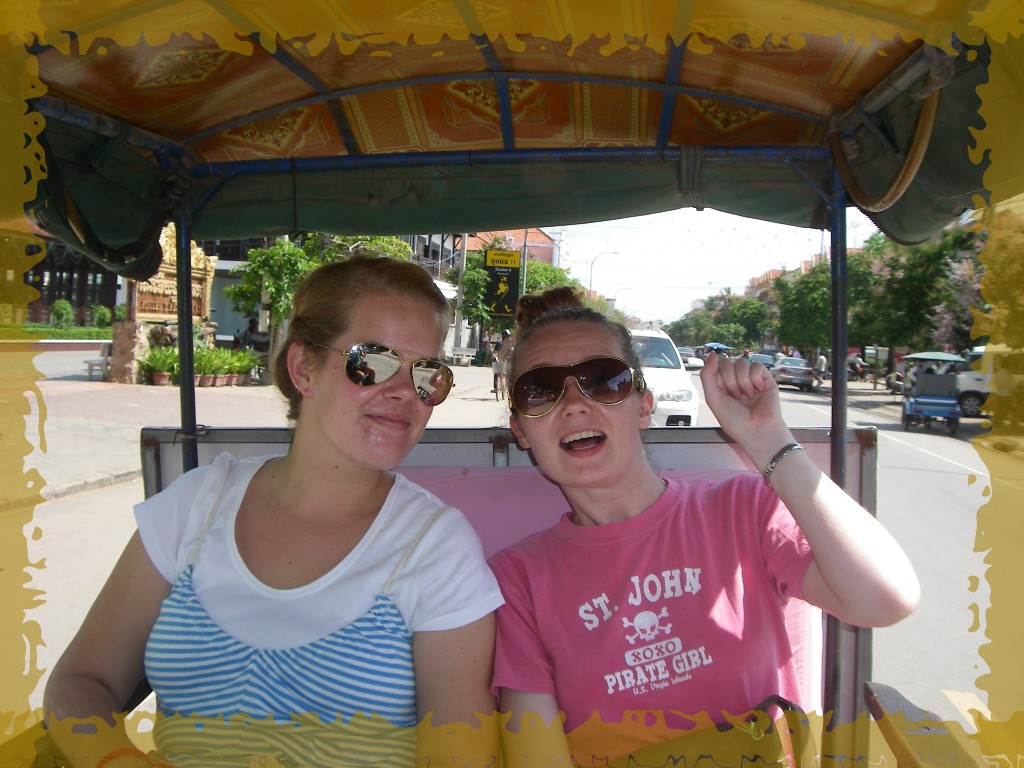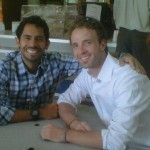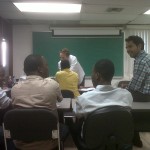Over here at PEPY in Cambodia, we have been wrapping up the planning stage of our Fundraising Campaign. The communications team has culled through the donor data, taken inventory of our email lists, done our research, updated our social media, chosen a fundraising platform, and are ready to roll out our new website & brand at the beginning of September. Most importantly, we have isolated our strongest supporters across the globe. They will be the roots of our network as we seek to reach a broader audience, make new friends and supporters.
The process of planning a successful crowd-funded campaign can be quite complicated, especially for a NGO, where resources are limited and the majority of the staff is unpaid volunteers. At all times we must focus on the primary objective: reaching new and old donors through channels that inspire them to engage, as well as make them feel comfortable. This requires deep insight into our existing and potential donors. What sort of engagement tools will work best to help them feel part of the campaign and greater organization? How can we get them excited about PEPY? How can we take event attendees, convert them into interested supporters, and connect with them year after year? Is the solution: QR Coded invitations or Facebook donation widgets? The possibilities are endless, but which ones are right for us?
At the same time we must account for a multitude of constraints: budget constraints, other scheduled obligations, large donor preferences, staff turnover or shortages, board member preferences, and technological limitations. All of these real-life challenges can get in the way of executing the perfect campaign. Fortunately we live in a time where most of these constraints can be addressed with creative solutions! Work can be crowd sourced at very low rates and there is a software solution for almost any business problem, at almost any budget. So really, the most important thing is that each constraint is recognized and addressed well before the campaign begins. Solutions exist! We just need to give ourselves enough time to find them.
Aside from the Campaign, everything is sailing along smoothly in Cambodia. My health has improved tremendously and I have made many new friends. Last week Tamara, my co-worker, friend, and fellow Notre Dame MBA, and I woke up early and biked out to Angkor Wat to do a photo shoot. That’s Tamara walking along the ancient stones from the Angkor empire. This week I walked around Siem Reap quite a bit, meditated at the Peace Café, and bought a peace bird necklace made from discarded artillery casings left over from the Khmer Rouge genocide. I also discovered several great restaurants. Anna introduced me to a great French restaurant, Boulangerie, that makes incredible, fresh salads. My new friend Heather took me to Il Forno, which serves pizza I can only compare to dinners I had in Rome. All and all it was a pretty restful and delicious week.
Next week I hope to work a bit more on some of the actual content for the campaign, including Campaign Videos – my favorite medium!

